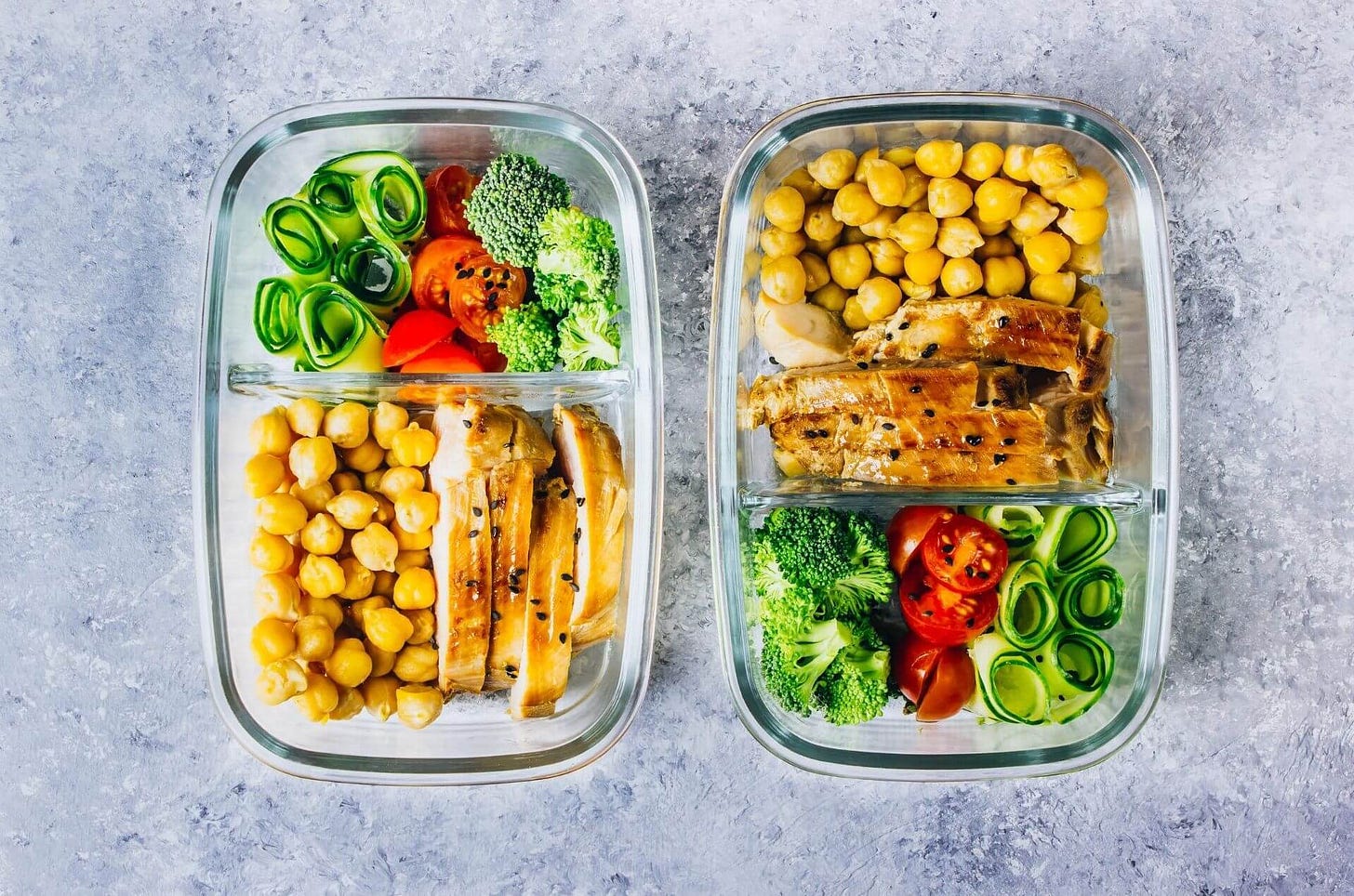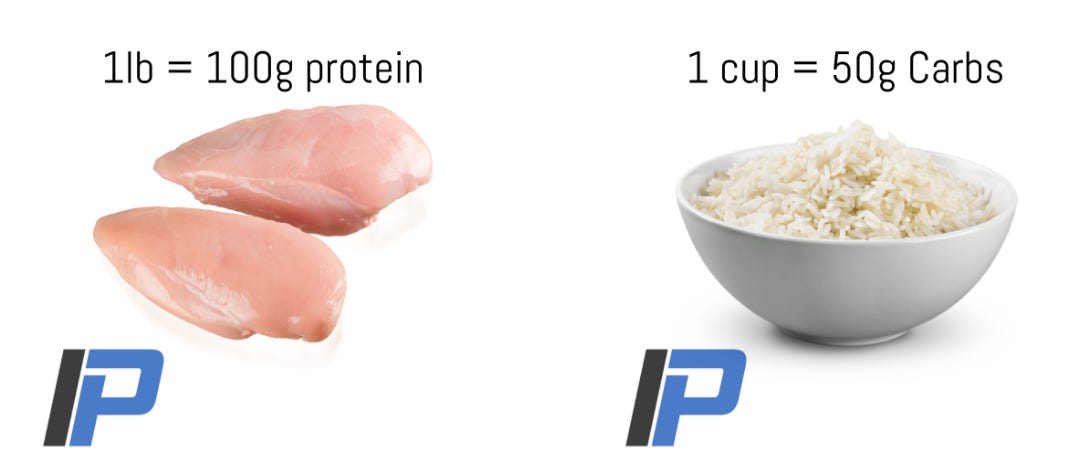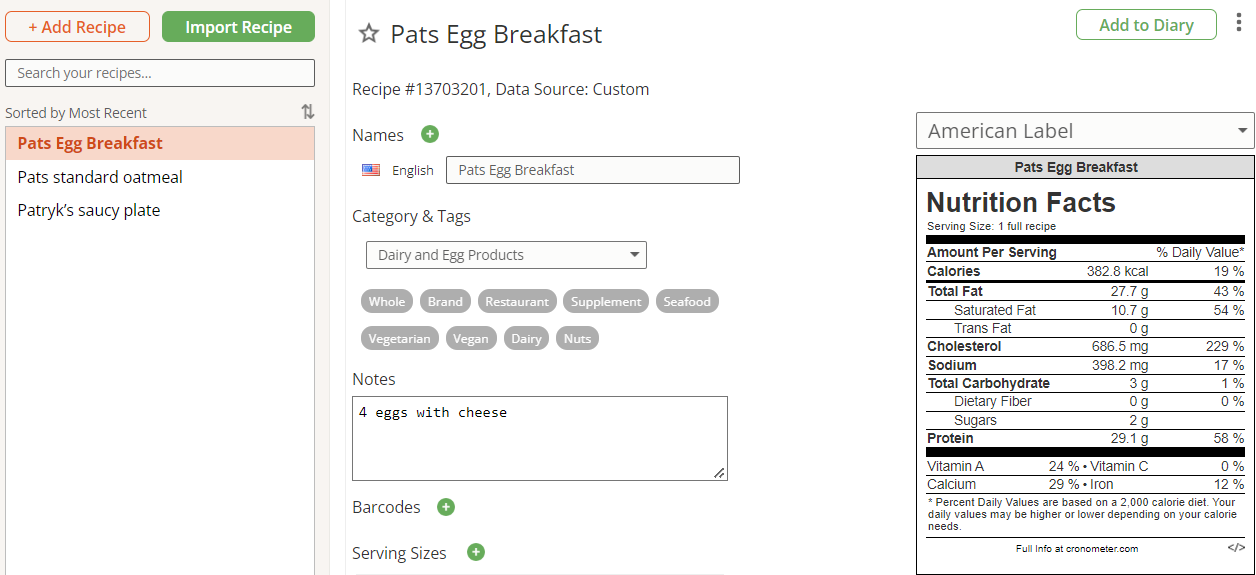5 Ways to Simplify Tracking Your Macros
Don't fall victim to your poor habits, budget your nutrition.
Your alarm clock buzzes in the morning. You hit the snooze in your semi-conscious groggy state as usual and drift back into the warmth of your bed. Your alarm goes off again, alright time to get up for real. Your angst to go to work is real, you brush your teeth, get dressed, you’re dragging. There’s no time to eat, you grab a coffee and head out the door.
You get to work and do your thing: make casual banter about your weekend, get your fill of junk food laying around the break room, you have another cup of coffee to bare through some more small talk. A couple hours into the day you start to feel the hunger pangs, but you didn’t bring a lunch. Your mind starts racing. Chipotle? A sandwich? Maybe today is the day I get a salad, I’ll be healthy (Ha).
Let’s face it, this is a reality for most people. They’re unprepared and taking on life as it goes. As liberating as that may seem, it’s not ideal to be undisciplined and it’s likely causing you MORE stress, not less.
Budgets & Nutrition (No math required, keep reading pls)
A real-world example that’s relatable to nutrition tracking is budgeting your finances. Financial budgeting often eliminates stress because you’re able to track your expenses, save money, and prioritize any future investments or expenses. Tracking your macronutrients is just a diet budget. You’re tracking what you eat now so you know how many calories you can spend later in the day or a few days later.
Three lies you keep telling yourself:
1.) I don’t have time
Reality: it takes 1-2 minutes a day
2). Eating healthy is too expensive.
Reality: Compared to what? Paying for food cost and labor when you eat out?
3.) I don’t know how to cook.
Reality: You’re an adult with a video encyclopedia of every recorded recipe in existence at your fingertips.
If I told you that you could achieve the body composition you want with only 1-2 minutes of work per day, would you say that’s too big of a commitment? Let’s be real, if you can’t take literally two minutes out of your day to do something as simple as track what you already know you should be eating, then you won’t be successful at much in life.
“If I told you that you could achieve the body composition you want with only 1-2 minutes of work per day, would you say that’s too big of a commitment?”
It might be a harsh reality, but it doesn’t make it any less true. Below you’ll find 5 tips to simplify your nutrition tracking, cut down the time commitment it takes to track your food, and eliminate the lies you keep telling yourself.
1. Pre-track And Meal Plan
Pre-tracking means tracking your expected food intake the night before. Instead of waiting to put in what you eat as you eat it, you put it in the night or morning before. You’re already prepping your meals, you have your groceries for the week, and you should therefore already know what you’re eating tomorrow.
If you don’t, then you didn’t prepare for the week and you need to take a step back and prep your meals on a schedule. Once everything is tracked, you can fill in the blanks with snacks or another meal. You can also wait until tomorrow to fill in the snacks if you need to.
2. Copy and Paste
You shouldn’t be eating an entirely new meal every single day. If you think you can prepare new meals daily with consistency for years, then by all means go ahead. Instead, I recommend making 1-2 different meals for lunch and dinner for the entire week. It simplifies the way you meal prep and allows you to just copy and paste your entire diet right into the next day. Delete anything you didn’t consume or any items you replaced, and you’re all set in less than 15 seconds of work.
3. Portion and Meal Prep
You should portion everything out as you prepare it. There’s no reason you shouldn’t know how much protein or starches are in each meal. For example, cut your chicken breasts into halves and bake them. Once they’re baked, put half a breast into each container and track that you ate half a breast. This eliminates the need for weighing food or estimating how much food you have in each container.
You should do the same with your carb sources. Scoop out half to one cup of rice (or more depending on your needs) into each container to simplify how you track your diet. You could do the same with produce or snacks, pre-package any snacks like nuts, fruit, or vegetables into Tupperware or bags with the same quantity each week to eliminate constant guesswork.4.

5. Custom Recipes
If you make breakfast with eggs, cheese, and vegetables every single morning then put it in as a recipe in your nutrition tracking app. This eliminates having to track every single ingredient separately. You could do the same for other meals as well. For example, if you always eat half a chicken breast with a cup of rice for dinner, just make a custom dinner meal with those foods in there to cut out having to add the ingredients individually.
Conclusion
Simplify and plan ahead for best results. You wouldn’t have 50 categories in a financial budget, and you shouldn’t have super high variety in your diet either. Keep it as simple as possible.
Eat the same 1-2 meals for the week, add some variation within the week for a couple nights if you want to have some more variety. Every day doesn’t have to be gourmet.
You shouldn’t have to stress over what you’re going to eat every single day and it should be a certainty each week. Embrace the process of doing the boring work, it’s not sexy to eat chicken, rice, and vegetables every day but daily nutritional consistency over months has produced better results than highly varied meal plans ever will.
No more excuses. Schedule a free consult call with the link below if you’re ready to level up.








